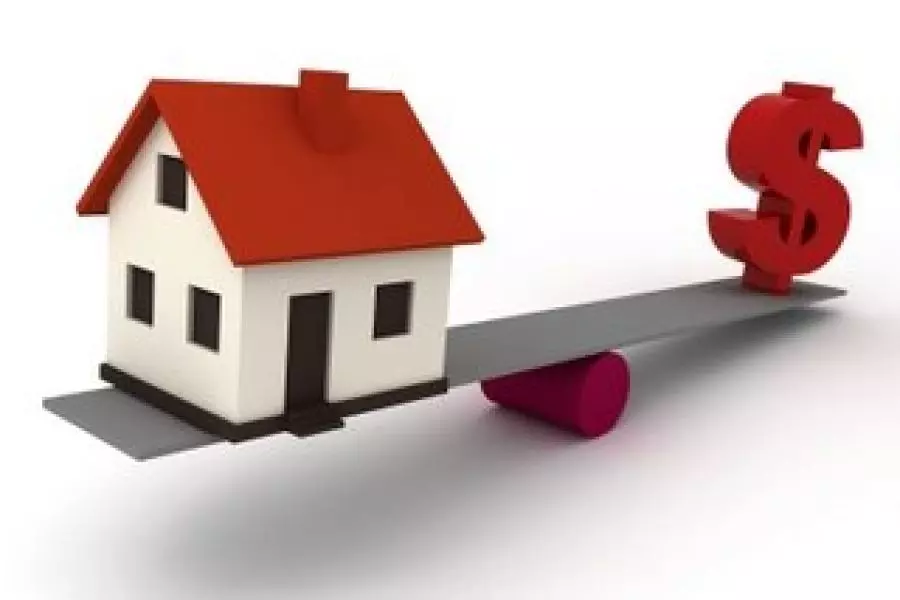News
Improvements in affordability nationwide

Friday 9th of August 2019
The latest Massey University Home Affordability Report shows an improvement in affordability at a national level, as well as in 13 out of 16 regions, in the second quarter of 2019.
While national affordability improved by a modest 1.2% over the most recent quarter, the annual results show a solid increase in affordability of 5.4%.
Massey University’s David White says the i...
Want to read the full article?
Click the button below to subscribe and will have unlimited access to full article and all other articles on the site.






![[The Wrap] Bye Bye Bayly](https://goodreturns.publit.io/file/c_fill,w_900,h_600/39f23ac1-f7c7-4854-b700-a150004ebbac.webp)


